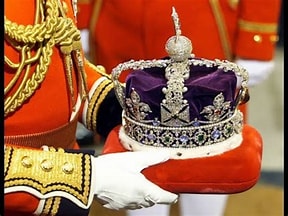Diamonds have been celebrated for centuries as symbols of love, power, and wealth. But what makes these sparkling gems so desired? Why do we covet diamonds above all other gemstones? Why are Diamonds so desired? From their breathtaking beauty to their unmatched durability, diamonds hold a unique place in the world of luxury. Whether in engagement rings, crowns, or jewelry, diamonds continue to captivate us. In this article, we’ll dive into the fascinating history of diamonds, the science behind their allure, and the reasons they remain the world’s most luxurious gem.
Many geologists worldwide rubbed their eyes in disbelief when the Canadian mining company Lucara Diamond Corp reported its discovery of an incredible 2,492-carat stone in Botswana in late August.

Oscar-winning actress Elizabeth Taylor probably would have said something memorable about that stone if she were still alive today. Famous for her proverb “big girls need big diamonds,” she had an incomparable passion for jewels, and her personal collection, which included the enormous 69-carat Taylor-Burton diamond, was among the most valuable in the world. That is over 60 times the typical diamond used in engagement rings in the United States today.
The Origin of Diamonds
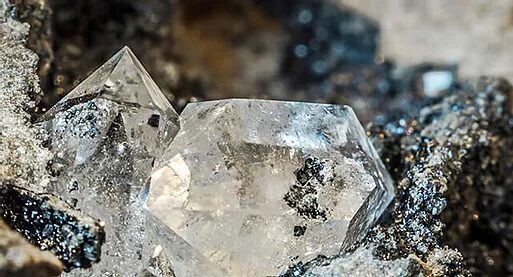
To understand why diamonds are so special, we need to begin at their source. Diamonds form deep within the Earth’s mantle, about 100 miles below the surface, under extreme heat and pressure. Over millions of years, carbon atoms bond together in a crystalline structure, creating the hardest natural substance on Earth.
Did you know that diamonds are over a billion years old? It’s incredible to think that the diamond you might wear in your ring today started its journey long before the first humans walked the Earth. This remarkable origin story is just the beginning of why diamonds are so highly prized.
History/Etymology of Diamond Trade
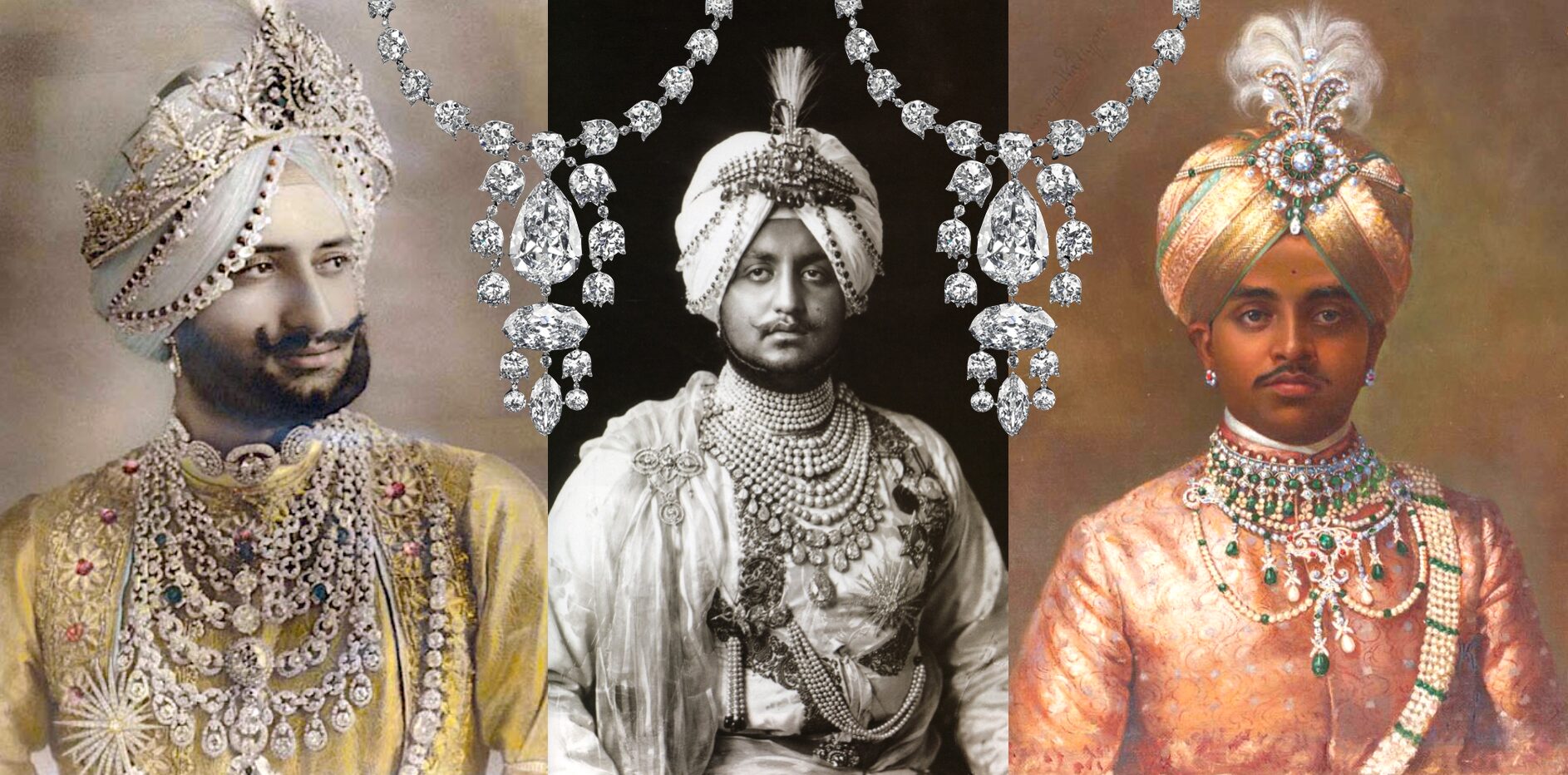
When diamonds were originally found in India, people there believed that lightning had struck a rock to create them. The Greeks thought them to be either fallen star fragments or tears from the gods. For ages, people valued them for their durability and brightness, and they were thought to possess healing and even mystical abilities. Uncut diamonds were worn by Indian aristocracy as jewelry or as lucky charms during wartime.
The earliest cutting businesses were established in Venice and Bruges at the beginning of the 14th century when diamonds from India began to arrive in Europe’s major cities.
Considered to be the first diamond engagement ring, it was presented to Mary of Burgundy in 1477 by Archduke Maximilian of Austria. However, it was Jean-Baptiste Tavernier, a French gem merchant and adventurer from the 17th century, who essentially introduced diamonds to Europe’s upper class.
Read Also How to Make Money on Facebook: Your Ultimate Guide
Tavernier, King Louis XIV of France and Diamonds

Tavernier, who is well-known for his travels to Persia and India, returned with numerous renowned stones to the royal courts of the continent. King Louis XIV of France was a great client of his, always wanting more of his diamonds.
Historian and author Aja Raden describes this fixation as a synthesis of optics and psychology.
“We basically have a hardwire to look for shiny and glittery things, which is why we get really excited when we encounter sparkles. Because something dazzling or glittering indicates water, and water is necessary for existence, all sentient beings with eyes have evolved to search for it.”
A Slogan Passed Down The Century
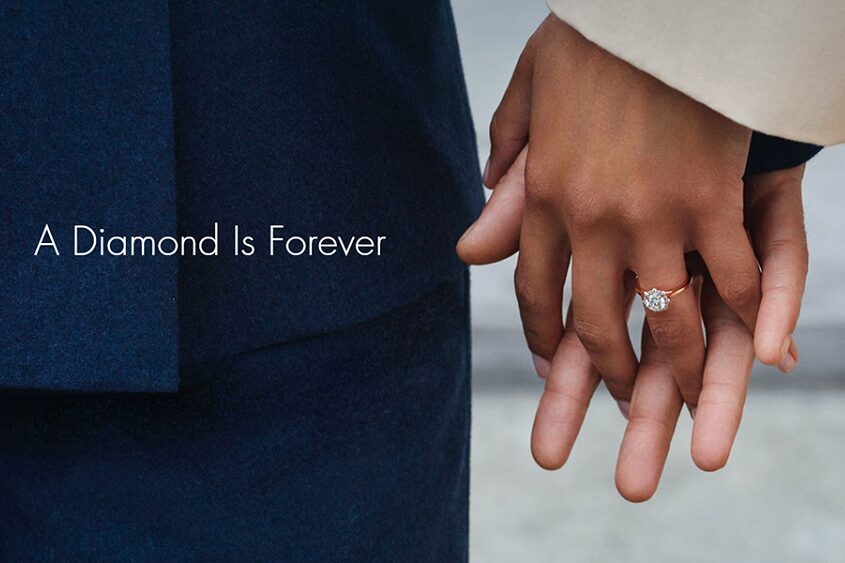
Conversely, diamonds, according to Raden, are “the subject and object of an incredible century-long, deeply original marketing campaign that borders on a military grade psy-op.”
She’s talking about the famous De Beers advertising campaign that helped the general public associate diamonds with luxury. De Beers, a British imperialist magnate founded in 1888, dominated the world’s diamond industry for more than a century. When a profusion of diamonds from South Africa’s newly developed mines unexpectedly flooded the market, Rhodes realized the only way to make them more valuable was to artificially scarcity them.
However, following the Great Depression of the 1930s, De Beers hired Philadelphia advertising firm N.W. Ayer & Son to boost demand for diamonds as sales fell globally. The 1948 campaign that resulted was nothing short of a masterstroke: “A Diamond is Forever” not only used popular culture to build a demand for diamonds by linking diamonds with romance and eternal love, but it also pioneered product placement in Hollywood through songs and movies.
The phrase “A Diamond is Forever” is still in use today, and sales of diamond engagement rings surged. It was recognized as the century’s best advertising phrase in 1999.
Read Also Post-Workout Pain: What DOMS Really Means and How to Ease It
The Rarity of Diamonds: Not Just a Pretty Stone
One reason diamonds are so desired is their rarity. Although there are other gemstones, like rubies and emeralds, that are also rare, diamonds stand out because of their unique formation process. The combination of extreme conditions needed to create diamonds and the limited locations where they can be mined makes them much rarer than most other gemstones.
However, it’s important to note that while diamonds are rare, not all diamonds are equal. Only a small fraction of the diamonds mined are of gem quality, and among those, certain cuts, colors, and clarities are exceptionally rare, driving their value even higher.
The Role of Diamonds in History
As Symbols of Power and Wealth
Throughout history, diamonds have been associated with power, wealth, and prestige. In ancient India, diamonds were valued not only for their beauty but also for their supposed magical properties. They were believed to bring protection, strength, and invincibility to those who wore them.

During the Renaissance period, diamonds were worn by royalty and the wealthy elite, symbolizing their power and status. Famous diamonds like the Koh-i-Noor and the Hope Diamond are still associated with legends of curses and fortunes. These historical associations have only added to the allure of diamonds, making them a status symbol for those who seek to convey wealth and influence.
The Science of Sparkle: Why Diamonds Dazzle
One of the main reasons diamonds are so desired is because of their unmatched brilliance and sparkle. Diamonds have an incredibly high refractive index, meaning they bend and slow down light in a way that other gemstones cannot. When light enters a diamond, it is reflected and refracted inside the stone, creating the dazzling sparkle we associate with these gems.
But it’s not just the refractive index that matters—it’s also the cut of the diamond. A well-cut diamond will maximize its ability to reflect light, creating that iconic brilliance. The cut of a diamond is so important that a poorly cut diamond, even if it’s large or free of inclusions, will lack the sparkle that makes diamonds so captivating.
The Role of Marketing: How Diamonds Became the Ultimate Symbol of Love
Have you ever wondered why diamonds are so closely associated with engagements and weddings? Much of this association can be traced back to an incredibly successful marketing campaign. In 1947, the De Beers diamond company launched its iconic slogan: “A Diamond Is Forever.”
This campaign forever linked diamonds with love, commitment, and marriage in the public’s mind. The idea that diamonds are a symbol of eternal love, with their unbreakable structure representing an unbreakable bond, has resonated with couples for decades. Today, diamonds remain the most popular choice for engagement rings, and it’s hard to imagine proposing without one.
The Four Cs of Diamonds: What Makes a Diamond Valuable?
When we talk about diamonds, it’s impossible not to mention the Four Cs: cut, clarity, color, and carat weight. These four factors determine the quality and value of a diamond, and each plays a crucial role in why diamonds are so desired.
Cut
As mentioned earlier, the cut of a diamond is one of the most critical factors in its beauty. A diamond that’s cut too shallow or too deep won’t reflect light as well, diminishing its sparkle. The better the cut, the more brilliant the diamond will appear.
Clarity
Diamonds are formed under intense heat and pressure, so it’s common for them to have tiny imperfections known as inclusions or blemishes. Clarity refers to the absence of these imperfections. A diamond with fewer inclusions is more valuable because it allows light to pass through more easily, enhancing its brilliance.
Color
Though most diamonds appear colorless to the untrained eye, they can come in a range of colors, from completely clear to shades of yellow or brown. The most valuable diamonds are those that are colorless or near-colorless, as these stones allow the most light to pass through, creating a brilliant sparkle.
Carat Weight
Carat refers to the size of the diamond. Naturally, larger diamonds are rarer and more expensive, but carat weight isn’t the only factor determining a diamond’s value. A smaller diamond with excellent cut, color, and clarity can be worth more than a larger diamond that’s lacking in those areas.
Diamonds as an Investment: Do They Hold Their Value?
Diamonds are often seen as an investment, but are they a good one? While diamonds hold intrinsic value due to their rarity and desirability, they don’t always appreciate in the same way other investments like gold or real estate do. The value of a diamond depends on various factors, including market trends, the quality of the stone, and the demand for diamonds at a particular time.
However, for many people, the emotional value of a diamond far outweighs its financial investment potential. Diamonds, especially those passed down through generations, often carry sentimental significance that transcends their monetary worth.
The Rise of Lab-Grown Diamonds: A Sustainable Alternative?
In recent years, lab-grown diamonds have emerged as a popular alternative to natural diamonds. These diamonds are created in laboratories under conditions that replicate the natural formation process, resulting in stones that are chemically and physically identical to mined diamonds.
Lab-grown diamonds offer a more affordable and environmentally friendly option, as they don’t require the extensive mining operations associated with natural diamonds. For those who value sustainability and ethical practices, lab-grown diamonds provide an appealing option without sacrificing the beauty or brilliance of the gem.
The Ethical Concerns of Diamond Mining: Blood Diamonds and Beyond
For many, the sparkle of a diamond is clouded by the ethical concerns surrounding its origin. The term “blood diamond” refers to diamonds mined in war zones, often under inhumane conditions, and sold to finance conflicts. In response to these concerns, the Kimberley Process was established in 2003 to certify that diamonds being sold are conflict-free.
However, critics argue that the Kimberley Process is not foolproof, and issues related to unethical mining practices still persist. This has led to increased demand for ethically sourced diamonds and alternatives like lab-grown diamonds, which provide a guilt-free option for conscientious consumers.
Diamonds in Pop Culture: A Timeless Symbol of Glamour
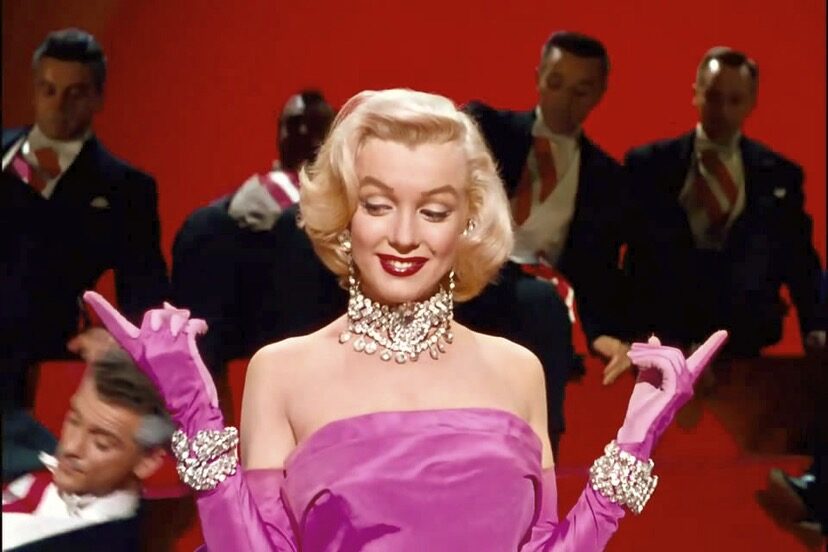
From Hollywood red carpets to music videos, diamonds have long been associated with glamour and luxury. Celebrities donning millions of dollars’ worth of diamond jewelry at awards shows, and iconic lines like “Diamonds are a girl’s best friend” from Marilyn Monroe, have solidified diamonds’ status as the ultimate luxury symbol in pop culture. So if an famed actress can tell you why diamonds are so desired, why won’t her fans get drunk from it?
This cultural association only adds to their allure, making diamonds not just a precious gem but a symbol of status, success, and sophistication.
The Mystique of Colored Diamonds: Beyond the Traditional White
While most people are familiar with white diamonds, colored diamonds—known as fancy diamonds—are even rarer and more valuable. Blue diamonds, like the famous Hope Diamond, pink diamonds, and yellow diamonds have captivated collectors for their rarity and beauty. The unique colors of these diamonds are caused by trace elements or distortions in the crystal lattice. We thought you should know this in our why are diamonds so desired series today.
These colored gems have become some of the most desired and expensive diamonds in the world, often fetching millions at auction.
Why Diamonds Are Forever: The Unbreakable Bond
There’s a reason why the phrase “A Diamond Is Forever” became so iconic. Diamonds are the hardest natural material on Earth, resistant to scratches and damage. Their durability is a metaphor for eternal love, which is why they are the go-to stone for engagement rings. The idea of something unbreakable, that lasts forever, is deeply appealing, especially when it comes to love and relationships.
Are Diamonds Still as Popular Today?
While trends in fashion and jewelry have changed over time, diamonds remain as popular as ever. Whether it’s a classic solitaire engagement ring or a statement necklace, diamonds continue to be the stone of choice for special occasions and luxury gifts. The rise of lab-grown diamonds and concerns about ethical sourcing may be shifting the industry, but diamonds remain an enduring symbol of love, luxury, and status.
Conclusion
Now, we have seen why diamonds are so desired. We also also visited the history of diamonds, how it started and was traded over the centuries. Let us know what your thoughts are on this article in the comment section below.
FAQs on Why Diamonds Are So Desired
Why are diamonds so expensive?
Diamonds are expensive due to their rarity, the high cost of mining, and the intricate cutting process that enhances their beauty. Factors like carat weight, clarity, color, and cut also contribute to their high price.
Are lab-grown diamonds real diamonds?
Yes, lab-grown diamonds are chemically and physically identical to mined diamonds. The main difference is that lab-grown diamonds are created in a controlled laboratory environment, while natural diamonds are formed over millions of years in the Earth’s mantle. Both types of diamonds have the same physical and chemical properties, but lab-grown diamonds are often more affordable and environmentally friendly.
What is the Kimberley Process, and does it guarantee conflict-free diamonds?
The Kimberley Process is an international certification scheme established in 2003 to prevent the trade of conflict diamonds, also known as blood diamonds. While it helps reduce the circulation of diamonds used to fund conflicts, it has limitations, and some critics argue that it doesn’t completely eliminate unethical mining practices.
Are diamonds a good financial investment?
While diamonds hold value due to their rarity and desirability, they may not appreciate in value the way other investments like gold or real estate do. Diamonds are often seen more as sentimental investments than financial ones, as their value is tied to personal significance and emotional attachment.
How can I ensure I’m buying an ethically sourced diamond?
To ensure your diamond is ethically sourced, look for certifications like the Kimberley Process, and purchase from reputable jewelers who provide transparency about their supply chains. You can also opt for lab-grown diamonds or diamonds that come with additional ethical guarantees, such as being sourced from fair trade or conflict-free regions.
